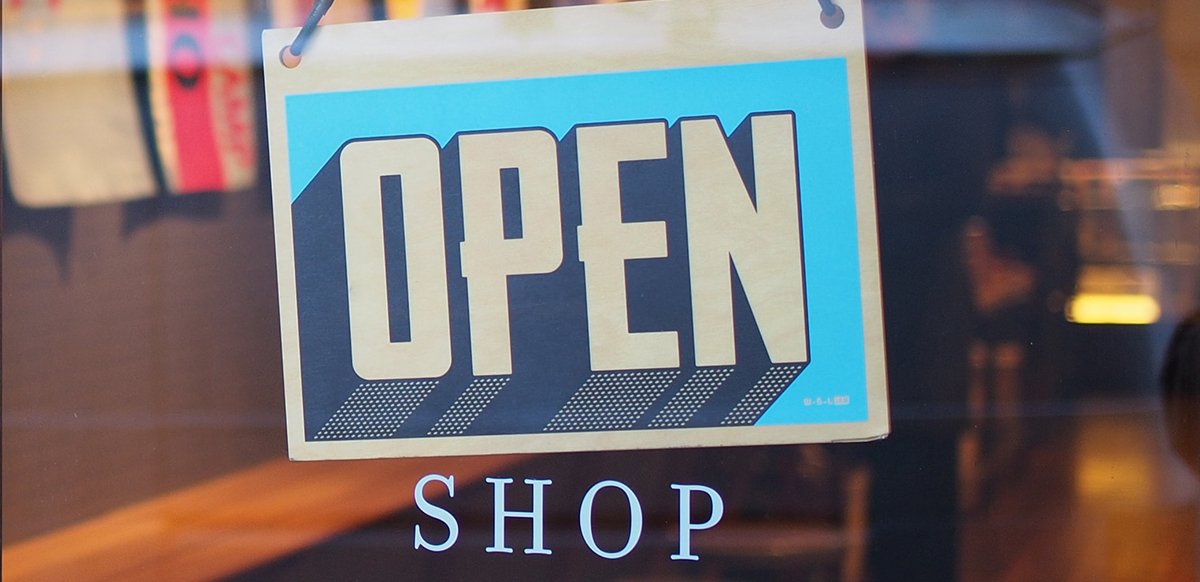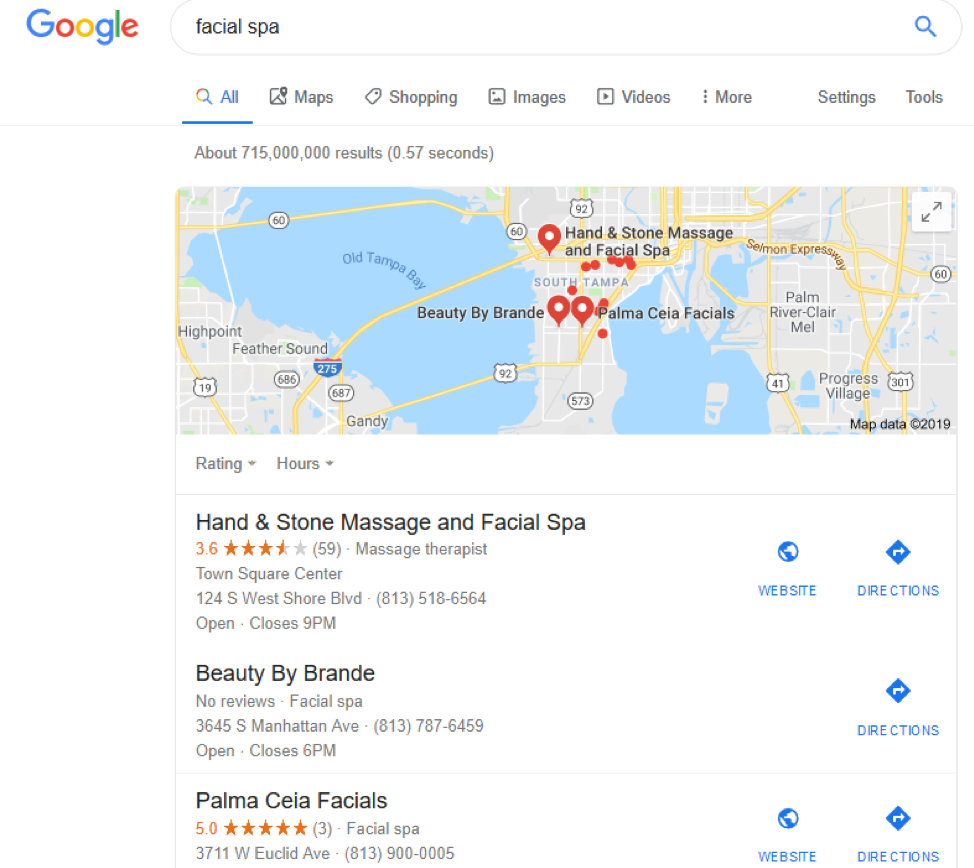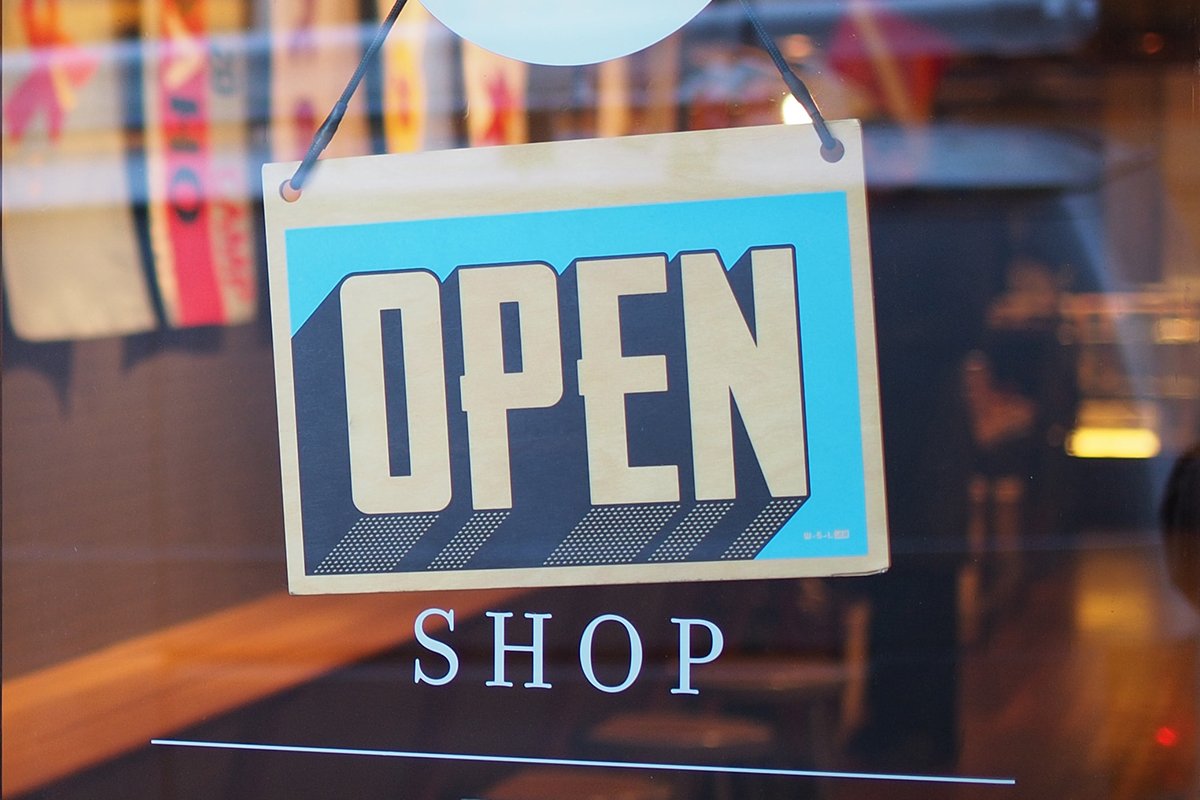
When people want to find a local business, they often turn to their phones. They perform a mobile search to find a nearby business that has the products or services they need.
If you operate a local business and want these customers to find you, you need to invest in an important thing: local SEO.
The rest of this post will explain what local SEO is, how it can drive customers to your brick-and-mortar business, and what you can do to boost your local SEO.
What Is Local SEO?
Local SEO is the process of optimizing your business’s web presence so you show up in search results when nearby customers search for things related to your business.
Local SEO prioritizes results that are near the searcher so they can find relevant results. A person who is looking for a place to get a facial in Tampa doesn’t want to see results for a spa in New York. Local SEO is how search engines can make sure that doesn’t happen.
There are hundreds of factors that determine how results show up on search engine results pages (SERPs). But when it comes to local businesses and searches, there are three primary ranking factors:
- Proximity: How close the business is to the searcher
- Relevance: How relevant the business is to the search phrase
- Prominence: How well-known the business is
You must optimize your online presence for these three factors to help local customers find your business when they’re looking for nearby options.
Why Does Local SEO Matter?
Optimizing your web presence for local search is worth the work. Getting your business to show up in local search attracts new customers, drives store visits, and leads to sales.
- When people want to find information about a local business, they turn to search. SEO Tribunal reports that “97% of people learn more about a local company via the internet.” If you want customers to find and learn about your business, you need to be optimized for local search.
- Customers usually search for businesses before they visit. Google reports that “76% of people who search on their smartphones for something nearby visit a business within a day.” Customers look for information before they visit a local business. Local SEO helps them find the relevant info they want and need.
- Customers who perform local searches are often ready to buy. Search Engine Land reports that “78% of location-based mobile searches result in a purchase made offline.” Customers who look for local stores are near the end of the sales funnel and ready to buy.
If you want to drive customers who are ready to buy to your business, you need a local SEO plan.
Tips to Boost Your Local SEO
To help your brick-and-mortar business show up in local search, use these local SEO tips. Each helps your brand appeal to Google’s proximity, relevance, and prominence ranking factors.
1. Set up a Google My Business page.
Local search results don’t always appear as standard search results. If you perform a local search on Google, you’ll see how the results page features maps and business listings. Those are local search results powered by Google My Business.

Google My Business is a free business listing you can set up for each of your business locations. The information shown in the rich local search results is pulled from this profile — so you must have a Google My Business page if you want to boost your local SEO standings.
2. Use a fast, mobile-friendly website.
A majority of local searches are conducted on mobile devices. BrightLocal reports that 77% of people used a mobile device to search for a local business. That means your website needs to be appealing to mobile users. It must be mobile-friendly and fast.
Mobile-friendly means that your website is responsive and changes its layout for different screen sizes. This makes it easier for users to navigate. It also sends positive signals to search engines that help you rank. Google prefers to rank sites that are mobile-friendly, especially when people are searching on mobile devices. Google also prefers to rank sites that load quickly, so make sure you have a mobile-friendly, fast site to boost local SEO.
3. Add your address to your website.
Search engines need to know where your business is located in order to match it with nearby customers. So add your physical address to your site in a few ways to highlight this information for Google.
- If you only have one location, add your address to your website footer and contact page.
- If you have multiple locations, create a locations page and list each location address. Also create a page for each location.
- Embed a Google map on your contact or location pages.
- Add your address using local business Schema markup.
4. Build your online authority.
Google gives top SERP placements to businesses they believe are trustworthy, credible, and popular. To show search engines that your business is all three of these things, work to build your online authority.
- Create listings for your business on national business directories and prominent social sites. Profile pages for your business send signals to Google telling them that your business is established, stable, and authentic.
- Add your business to local business directories. Tie your business to your local area by creating profiles on local business listing sites. Each citation and link back to your business helps search engines see your business as more trustworthy and credible.
- Generate customer reviews. Show Google that customers know and trust your brand by generating reviews on your Google My Business page as well as on other top sites like Facebook, Angie’s List, and Yelp.
Use Your Online Presence to Drive More In-store Customers
Brick-and-mortar businesses can’t overlook the importance of marketing both online and off. Use these tips to boost your local SEO so you can drive more customers from their phones and desktops to your store.
Then, set up in-store marketing tactics to connect with customers once they get there.
Learn how to optimize the customer experience and wow shoppers, clients, and diners when they walk into your business. Download our free Retail Customer Experience Checklist to audit your in-store environment and identify ways to improve it and boost customer satisfaction and sales.
